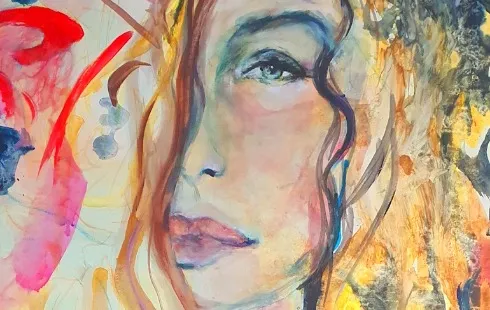
Germany Raises Health Insurance Income Limits: What This Means for Expats
Section: Health Insurance
Recent research from Kobe University has uncovered intriguing differences in how optimists and pessimists process thoughts about future events. The study suggests that while optimists exhibit similar neural activity patterns, pessimists display a greater diversity in their brain responses, highlighting fundamental differences in outlook and social interactions.
According to the study, optimists generally report higher satisfaction in their social relationships and maintain broader social networks compared to pessimists. The lead researcher, Yanagisawa Kuniaki, posits that a shared optimistic outlook could facilitate better understanding among individuals, as their brains may respond to future possibilities in comparable ways.
In a bid to validate this hypothesis, Yanagisawa assembled a multidisciplinary team from social psychology and cognitive neuroscience. They aimed to bridge the gap between these fields, which had previously left such inquiries largely unexplored. The research involved 87 participants spanning a spectrum of optimism and pessimism, who were asked to envision different future scenarios while their brain activity was monitored using functional magnetic resonance imaging (fMRI).
The findings, published in the Proceedings of the National Academy of Sciences, indicate that the neural activity of optimists is strikingly similar when contemplating future events. In contrast, the patterns of pessimists are notably varied. Drawing inspiration from Leo Tolstoy's famous quote, the researchers concluded that while optimistic individuals think similarly, each pessimist approaches the future in a unique manner.
Additionally, the research showed that optimists exhibit more significant differences in their neural responses when imagining positive versus negative outcomes. This suggests that optimists tend to process negative scenarios more abstractly, reducing their emotional impact and allowing them to maintain a clearer distinction between favorable and unfavorable futures.
The implications of these findings are profound, suggesting that the feeling of 'being on the same wavelength' is not merely a figure of speech but may have a biological basis. Yanagisawa expressed a desire to further explore how these shared neural representations develop, questioning whether they stem from innate predispositions or are cultivated through life experiences and interactions.
Ultimately, this research aims to unravel the complexities of human connection, highlighting the importance of understanding the mechanisms that foster effective communication and combat loneliness in society.

Section: Health Insurance

Section: News

Section: News

Section: News

Section: Arts

Section: News

Section: Arts

Section: Arts

Section: Fashion

Section: Arts
Health Insurance in Germany is compulsory and sometimes complicated, not to mention expensive. As an expat, you are required to navigate this landscape within weeks of arriving, so check our FAQ on PKV. For our guide on resources and access to agents who can give you a competitive quote, try our PKV Cost comparison tool.
Germany is famous for its medical expertise and extensive number of hospitals and clinics. See this comprehensive directory of hospitals and clinics across the country, complete with links to their websites, addresses, contact info, and specializations/services.
München is one of the main stages for Cyprien Gaillard's latest film Retinal Rivalry, a groundbreaking work that takes us on a journey through time and beneath the surface of the city. Retinal Rivalry continues Gaillard's exploration of stereoscopic films, which he first began in his 2015 film...



No comments yet. Be the first to comment!